Looking for the best lenses for landscape photography?
Landscape photography is a genre of art that has the ability to transport viewers into another world. It’s not just about capturing the beauty of nature, it’s also about conveying mood and emotion through color, light, and composition.
We’ll start with lenses because they’re arguably the most important piece of equipment when it comes to landscape photography.
Keep reading if you want to know which lenses are best for landscapes and why!
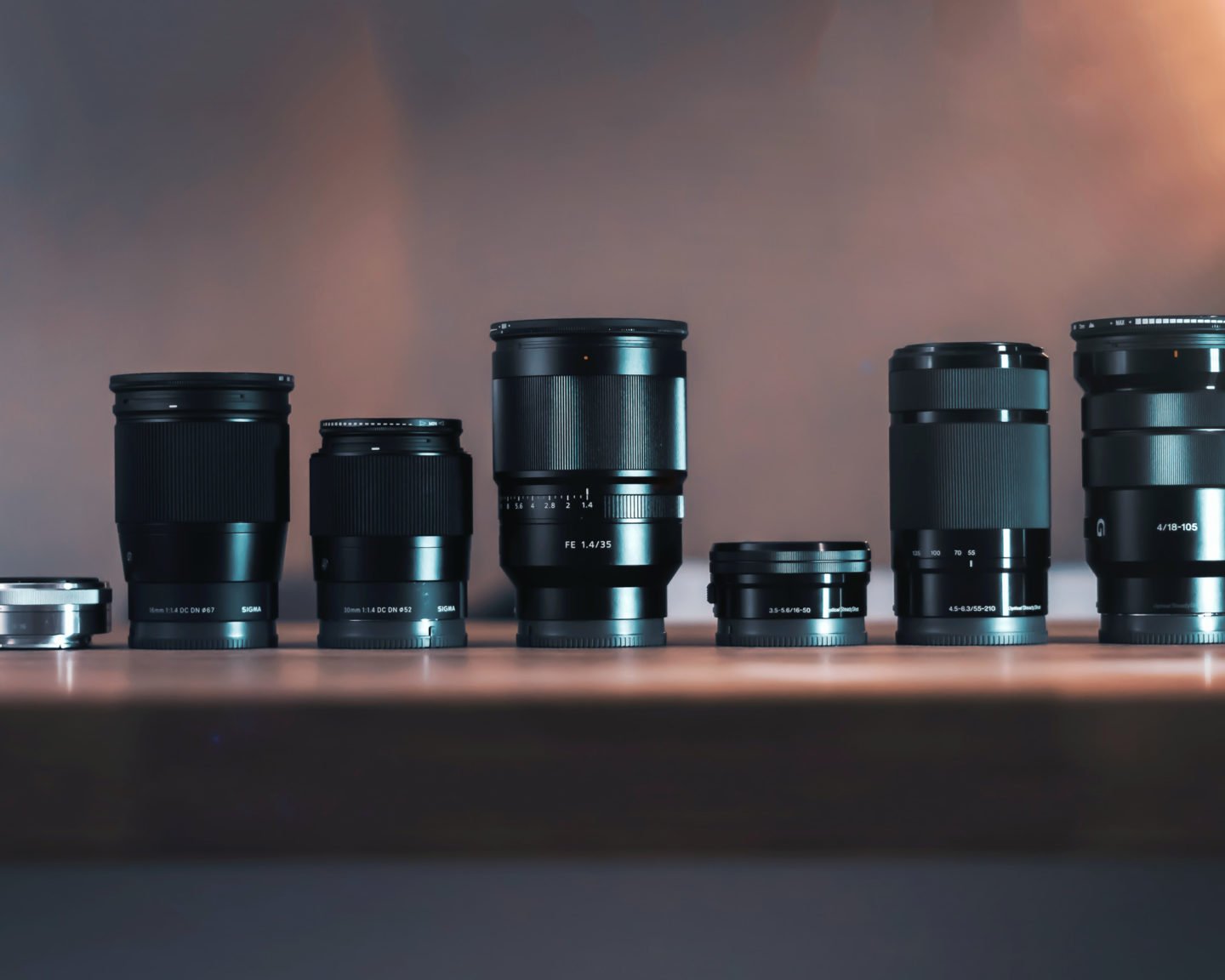
BEST LENSES FOR LANDSCAPE PHOTOGRAPHY – A QUICK LOOK
We can learn a lot from the way photographers use their lenses to capture amazing photos of different landscapes.
The Canon RF 15-35mm f/2.8L IS USM is great for capturing wide shots and it’s perfect for shooting at night time, but there are also some other goodies on this list worth checking out:
- Canon RF 15-35mm f/2.8L IS USM – from $1,589
- Sony FE 70-200mm f/4 G OSS – from $1,498
- Nikon AF-S 16-35mm f/4G ED VR – from $1,000
Make sure to read until the end to discover all the best lenses for landscape photography, why they’re good, and why you should consider them.
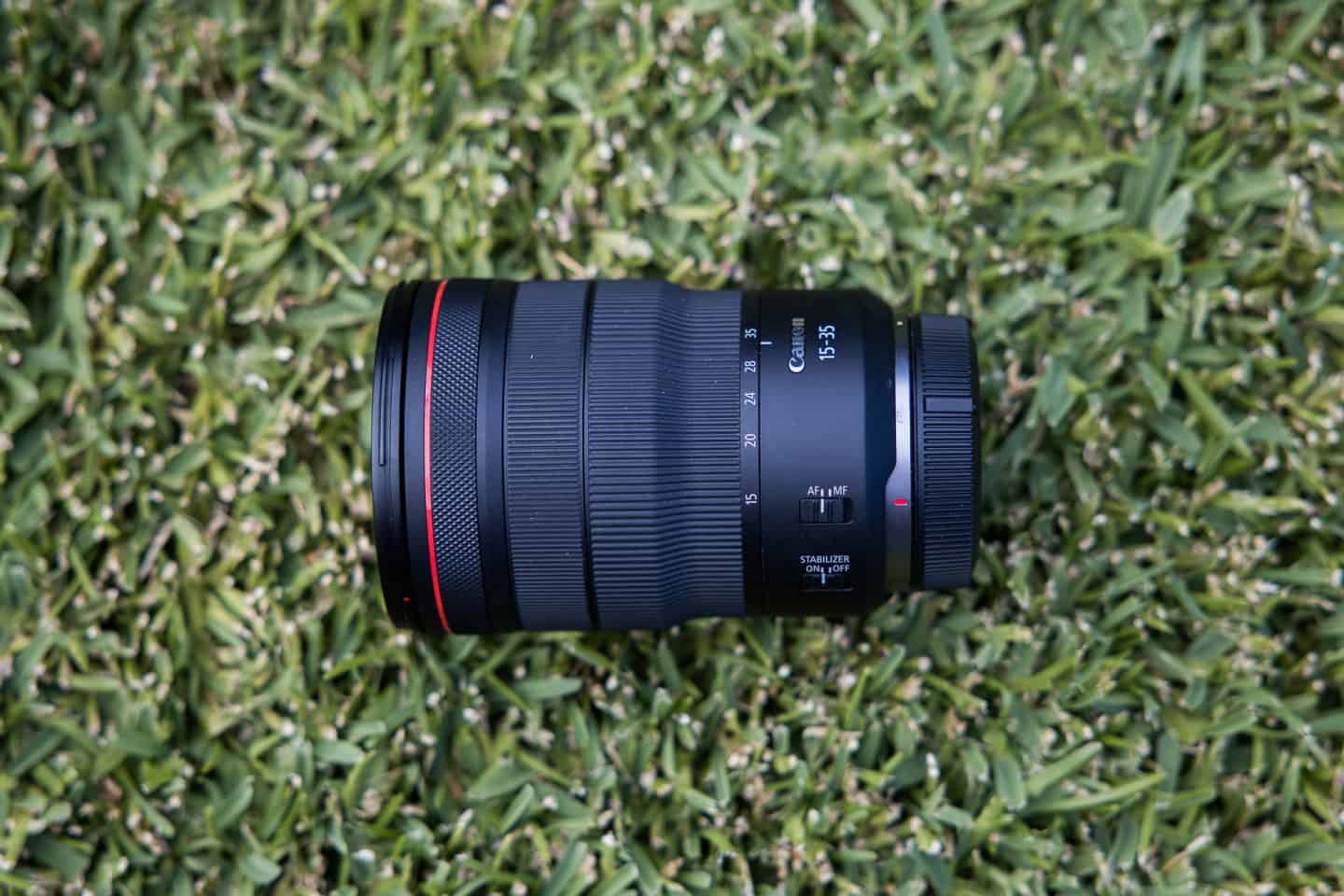
WHY MY LENS FOR LANDSCAPE PHOTOGRAPHY IS SO IMPORTANT?
Landscape photography can be done with just about any camera, but having a lens that is specially designed for the purpose is really helpful.
Landscape lenses are typically expensive because they must have special qualities that not many other lenses have.
For instance, these lenses have a sharp focus and they are very dynamic. They also usually have larger maximum apertures for better light gathering and lower distortion.
All in all, you’re certainly not required to have a specific lens for landscape photography but having a high-quality one will get you the shots you’re dreaming of – as a hobby or for professional purposes.
WHAT MAKES A LENS FOR LANDSCAPE PHOTOGRAPHY GREAT?
If you are a landscape photographer, then there are a few important factors to consider when choosing your lens.
Autofocus is an absolute must, as it will make it easier for you to shoot moving subjects such as birds flying over a mountain, for instance.
The focal length determines the number of elements or objects that will fit into a frame while the aperture governs light exposure.
You should also consider what type of weather conditions your lens might be exposed to and the different angles you may want to shoot from.
All the specs below are what you should consider when choosing your best lens for landscape:
- Autofocus
- Focal length
- Stabilized image
- Aperture for light conditions
- Resistant to weather conditions
- Wide/Ultra-wide/Standard/Telephoto angles
Of course, with hundreds of lenses available, choosing the perfect one for your needs surely isn’t easy.
That’s why, here below, you’ll find a full breakdown of all the best lenses for nature or mountain photography.
Last but not least, your camera is an important factor to consider. These are the most affordable cameras for landscape photography on the market.
RELATED GUIDE: The BEST Nikon DSLR Cameras
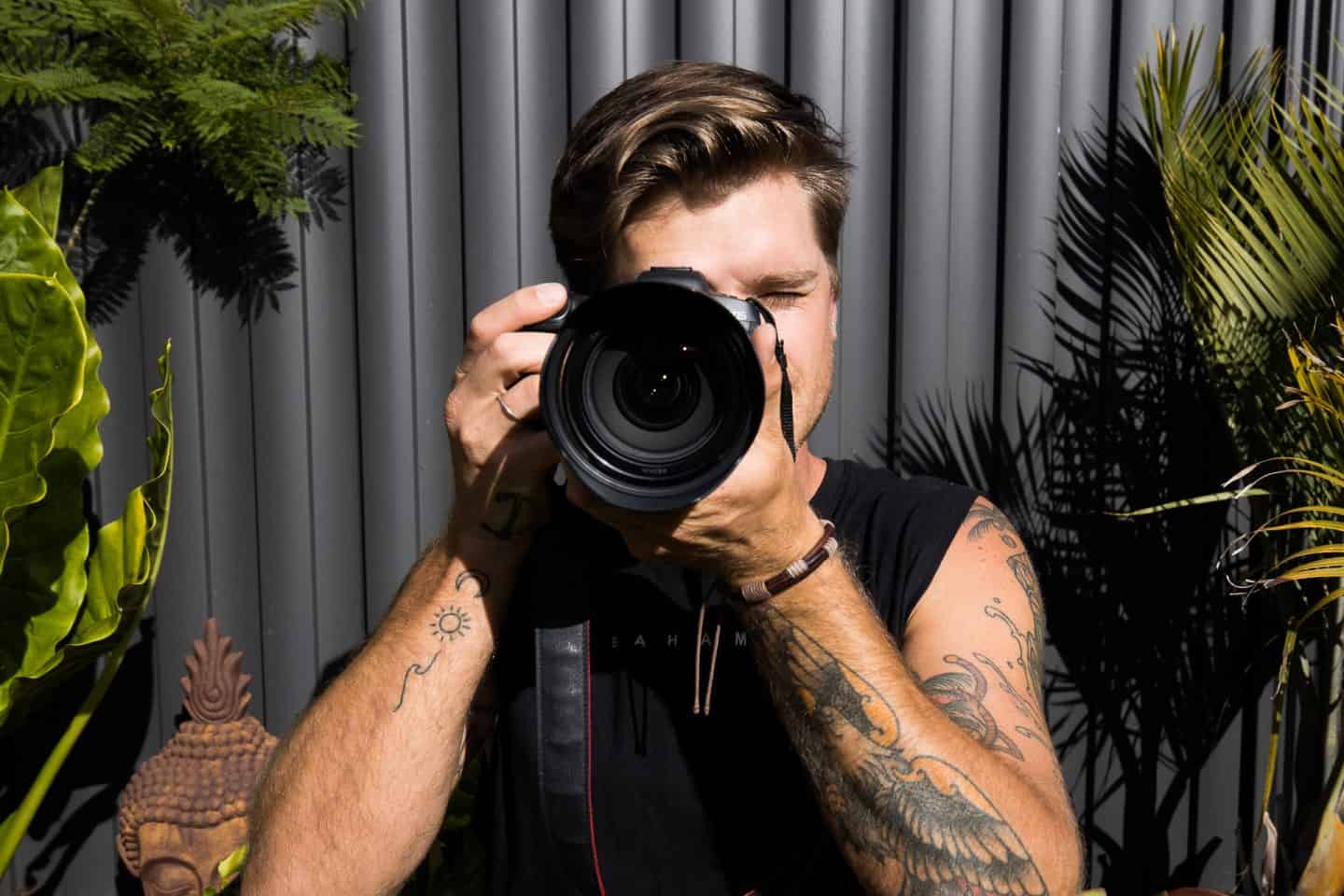
DO I NEED WIDE-ANGLE LENSES FOR LANDSCAPE PHOTOGRAPHY?
Wide-angle lenses are great for landscape photography since they have a greater depth of focus at any given aperture setting and distance to the subject than a telephoto.
That said, I’d personally recommend also having a zoom lens in your kit as it’ll give you more zoom range and you won’t need to move to get closer or further from the subject.
IS A 24-70MM LANDSCAPE PHOTOGRAPHY LENS ANY GOOD?
If you’re using a full-frame camera, the 24-70mm is the best lens for landscapes since it provides plenty of variety.
You’ll be wide enough at 24mm to capture great wide-angle views of boundless landscapes, and also wide enough to capture big subjects such as a mountain or trees.
On the other hand, taking a photo at 70mm is a great zoom range for close-ups. For instance, a forest with animals or the sea with a boat.
IS A 50MM LENS FOR LANDSCAPE PHOTOGRAPHY ANY GOOD?
50mm lenses are quite sharp, especially for the price. In fact, they provide the greatest value for money for the sharpness of any lens on the market today.
Sure, they’re not perfectly wide open, but with a fast f-stop such as 1.2 or 1.8, the image quality is stunning.
IS A 20MM LENS FOR LANDSCAPE PHOTOGRAPHY ANY GOOD?
If you enjoy traveling and capturing stunning vistas or cityscapes, the 10-20mm lens is likely to be what you’re searching for.
An ultra-wide-angle lens is also great for photographing huge gatherings of people since it enables you to stay very close to the group while still including everyone in the shot.
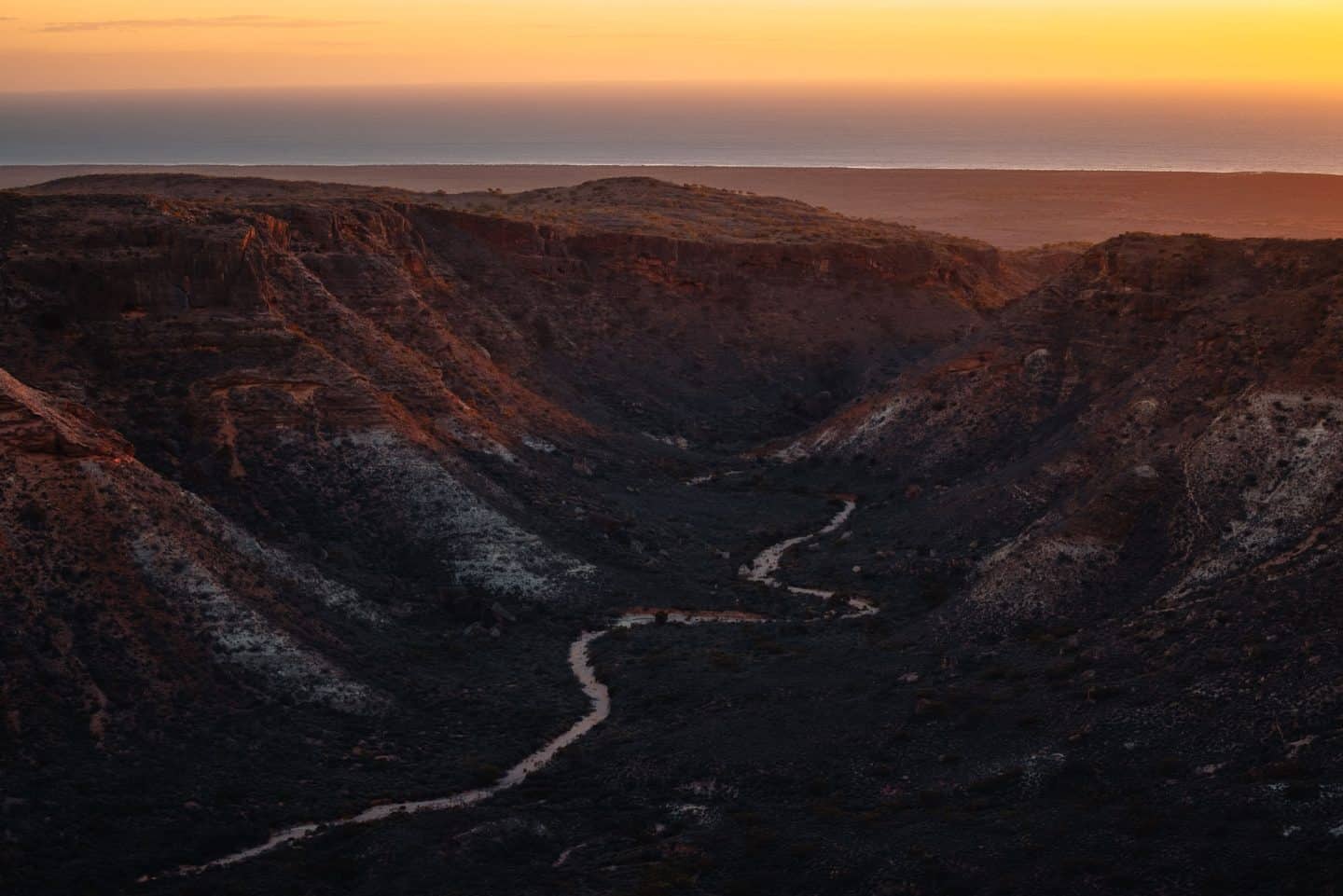
7 BEST LENSES FOR LANDSCAPE PHOTOGRAPHY
Landscape photography is one of the most powerful fields in the photography world. Landscapes are usually taken from a distance which helps us to see them more objectively, giving us time to appreciate their beauty and naturalness.
There are many considerations before pressing the shutter button such as planning out your shot beforehand and the right focus. But, choosing the right lens and knowing how to use it correctly can make wonders.
And this is why you need one of these lenses for landscape photography to up your game!
CANON EF 28-300MM f/3.5-5.6L IS USM LENS
The EF 28-300mm f/3.5-5.6L IS USM lens has a range of focal lengths from wide-angle to telephoto, making it perfect for many different types of photography such as wildlife and landscape.
It also includes a number of specialized lens elements that reduce aberrations and help deliver high-quality images with crisp detail. This lens is a must-have for any professional or enthusiast looking to get the best photos possible!
To sum up, it’s simply Canon’s best landscape photography lens that you should consider in 2023.
PROS AND CONS OF THE CANON EF 28-300MM f/3.5-5.6L IS USM:
- Compatible with full-frame cameras
- Great zoom range – 10.7x zoom range
- This lens is capable of shooting very sharp shots
- It is expensive
NIKON AF-S 16-35MM f/4G ED VR
The 16-35mm VR lens by Nikon is a great choice for both newcomers and advanced photographers.
This lens offers a range of focal lengths that can be used in different types of photography, such as landscape and even portrait photography.
It also has an impressive vibration reduction feature that will help to take photos without the blur that can happen when taking pictures in low-light situations.
All things considered, it’s a great glass and it’s the best lens for mountain photography you should get your hands on.
PROS AND CONS OF THE NIKON AF-S 16-35MM f/4G ED VR:
- Good level of sharpness
- It has a pretty cool and professional design
- Ultra-wide zoom range great for big or tall subjects
- Images tend to get distorted at 16mm
CANON RF 15-35MM f/2.8L IS USM
If you’re looking to master your skills, the Canon 16-35 mm is a zoom lens for full-frame cameras that you should consider.
With a wide range of uses, this lens is great for landscape photography. This lens also has some use in event photography, as it can be used up close to speakers and musicians.
The Canon 16-35 mm has a fixed aperture of 2.8L and a maximum magnification ratio of 1:3.2 which helps provide clarity and sharpness in photos taken at longer ranges or at smaller settings such as f/16.
PROS AND CONS OF THE CANON RF 15-35MM f/2.8L IS USM:
- Weatherproof
- Premium quality built
- The image quality is top-notch at all zoom ranges
- No image stabilization for this price
SONY E 10-18MM f/4 OSS
This Sony lens is a versatile 18mm wide-angle zoom lens for APS-C size mirrorless cameras.
The lens has a long 10mm to 18mm zoom range which provides a flexible angle of view. The optical features of the lens provide sharp images with minimal distortion, even at its widest aperture settings.
This makes it an ideal candidate for architectural photography, scenic landscapes, and other applications where you need to capture a large scene in one frame.
PROS AND CONS OF THE SONY E 10-18MM f/4 OSS:
- Light-weight and compact
- The ultra-wide range offers more complete photos
- Decent image stability – Good for cameras without in-body stabilization
- Some distortion may appear depending on the camera
CANON EF 24-70MM f/2.8L II USM
This lens is great for landscape, still life, portraits, and other general shooting. It’s also a good pick if you want the best of both worlds: it has enough zoom to shoot close-ups and wide shots but is not so extreme as to be unusable in the other ranges.
The image stabilizer makes it good for low light and the weight will feel proportional to its size on a full-frame camera. On an APC-C camera such as the Canon T3i or Nikon D5500, it may feel nearly as heavy as a lens that would give you about 10x as much zoom range.
PROS AND CONS CANON EF 24-70MM f/2.8L II USM:
- Fast lens
- Very sharps at all ranges
- Quite compact – Fantastic when traveling
- No image stabilization
SONY FE 70-200MM f/4 G OSS
This Sony E-mount telephoto zoom lens offers a top-notch optical performance in a compact and lightweight design.
The lens has been designed to offer versatile imaging, covering a wide range of photography from portraits to sports photography. It also offers image stabilization which is a seriously great addition.
It also features an effective autofocus system that will quickly and accurately lock in on the subject in any shooting situation, making it one of the best lenses for landscape photography.
There is a dedicated AF/MF button on the barrel of the lens which allows you to quickly switch between AF and MF modes by pressing it.
When using either AF or MF mode, the camera’s speed is automatically adjusted for the best performance in these modes.
It’s the best lens for nature photography you can purchase. In fact, other than being great for landscapes, its 200m zoom range makes it perfect for shooting wildlife, close-up photos, and more.
PROS AND CONS OF THE SONY FE 70-200mm f/4 G OSS:
- Image Stabilization
- Tack sharp photographs
- Good zoom range for both wider and close-up shots
- The f-stop could be faster
NIKON 70-200MM f/2.8G ED VR II
The Nikon 70-200mm f/2.8 zoom lens is a pro-level optic for prosumer SLR cameras with a D4-D5 series, D500, D850, and D7000 camera bodies.
A high-performance telephoto zoom lens that offers a range of focal lengths from 70-200mm, this lens has a maximum aperture of f/2.8 throughout most of the zoom range and a fast constant maximum aperture at all focal lengths from 70mm to 200mm.
Lastly, while it’s an expensive buy, it’s mostly focused on professionals to shoot premium landscape photographs.
PROS AND CONS OF THE NIKON 70-200MM f/2.8G ED VR II:
- Quiet and fast autofocus
- The built quality is first-class
- Vibration Reduction allows for better photos
- Heavy (3 pounds) and very expensive
WHY ARE FAST LENSES BETTER FOR LANDSCAPE PHOTOGRAPHY?
A fast lens will allow you to shoot much sharper images due to the lowered depth of field.
The faster the lens, the less time it takes for light to focus on your camera’s sensor, which means achieving sharper images in low light without having to rely on faster shutter speeds.
Fast lenses also have an advantage in landscape photography because they can capture more detail of a scene with a smaller depth of field, which is perfect for broad, sweeping vistas.
DO I NEED FAST LENSES FOR LANDSCAPE PHOTOGRAPHY?
For many professional wedding and portrait photographers, fast lenses have the ability to generate extremely shallow DOF, making them a must-have item.
Given the low-light situations they frequently encounter, documentary photographers and photojournalists prefer quick glass.
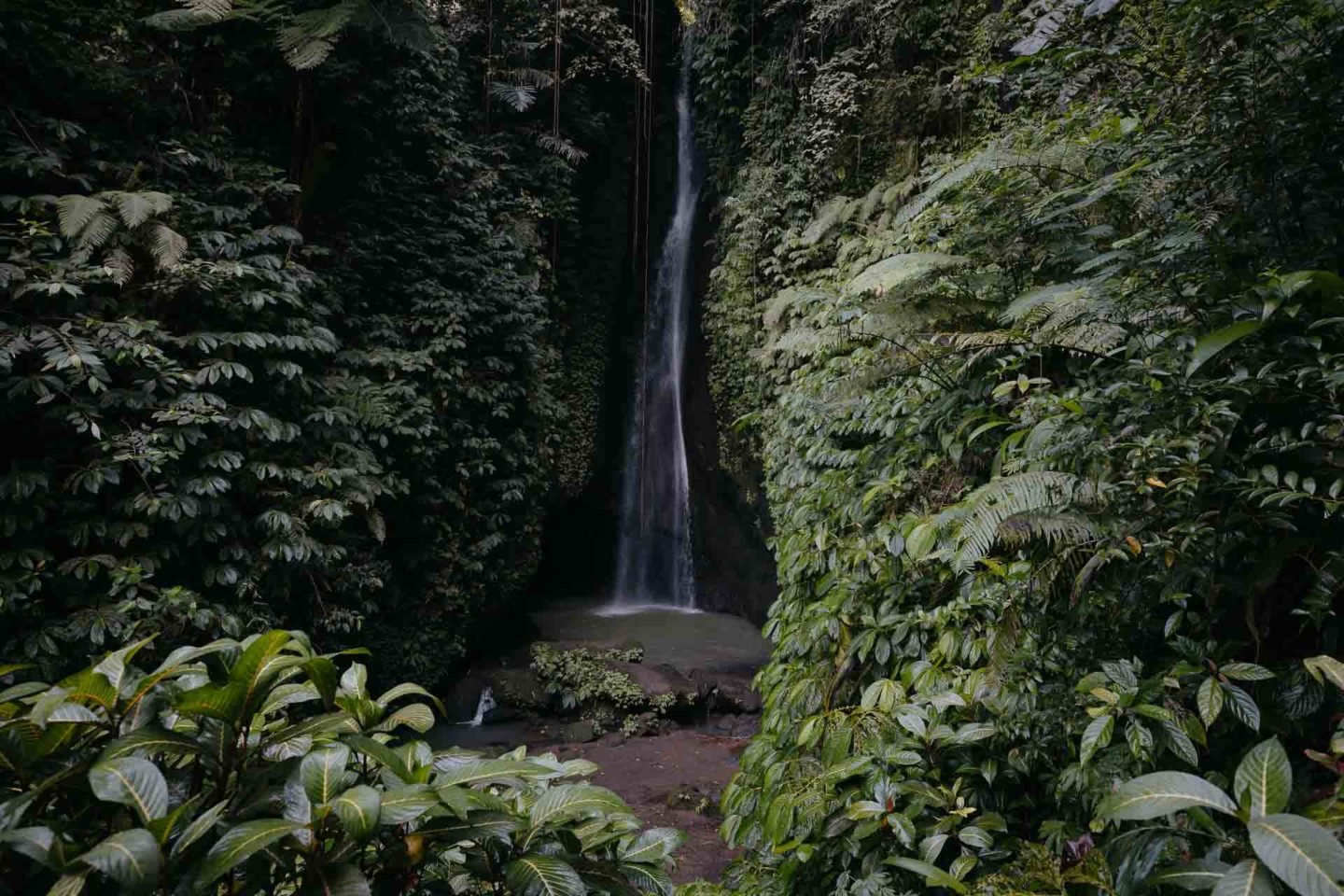
WHY ARE LOW F-STOP LENSES EXPENSIVE?
Lower apertures are generally believed to be the best.
That is because, in many circumstances, more expensive lenses have lower f-stops (1.2, 1.4, 3, etc), and a more costly lens might sometimes imply higher quality.
To summarize, there’s no definitive answer to this question since it depends on the lens and shooting conditions.
SUMMARY – BEST LENS FOR LANDSCAPE
Landscapes are a beautiful and ever-changing subject and the best way to capture the beauty of landscapes is with your camera lens, but what kind should you use?
No matter the type of landscape you’re planning to shoot – the desert, a mountain, a cliff, a glacier, or even a forest, you’re covered with these lenses.
I hope this guide answers all the questions you may have and that you’re finally ready to get one of these lenses to up your game!
If you have any further questions, please leave a comment below and I will get back to you as soon as I can.
For a quicker response, be sure to join Jonny Melon’s Travel Tribe on Facebook and post your questions or recommendations to our awesome community.

TRAVEL RESOURCES FOR YOUR NEXT TRIP
Whether you’re a seasoned traveler or it’s your first trip overseas, here are some useful travel resources to help you kick-start your next adventure!
THANKS FOR READING
Hey friend, thanks for reading this guide!
Please know this post may contain affiliate links. When making a purchase through one of my links, I earn a small kickback at no extra cost to you and it’s a big help to keep the site up and running. Rest assured, I only promote products and services that I personally use and recommend.
Click here to find out how you can support the site organically.
Many thanks!





